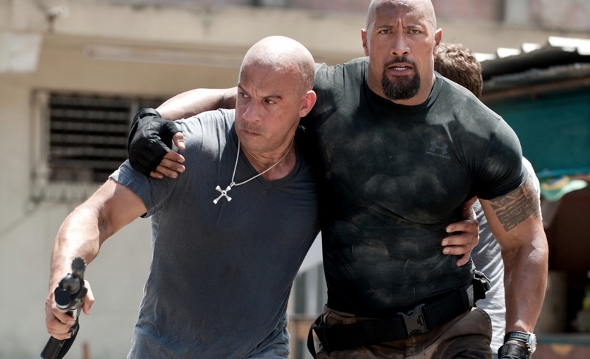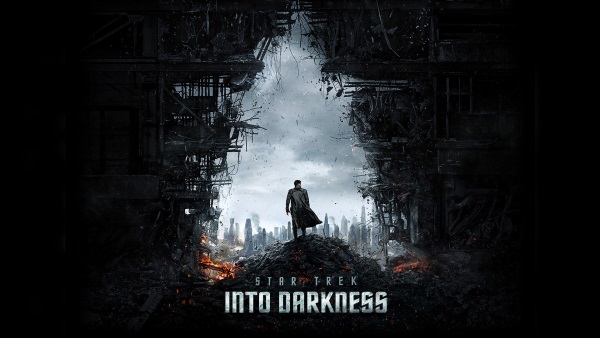In the spring of 1991, the reported budget of an upcoming summer blockbuster had become a hot button topic. When it became known that Terminator 2: Judgment Day cost an estimated 100 million dollars to make, the press balked. Conventional wisdom of the day dictated that an R-Rated sci-fi actioner could never break even on such a massive budget, much less turn a profit. T2 went on to gross over 500 million worldwide.
Flash forward twenty years and films with nine figure price tags have become the rule rather than the exception. Blockbusters that cost two times as much as T2 are routinely greenlit. Toy Story 3, Iron Man 2, Prince of Persia: The Sands of Time, and Robin Hood cost 200 million dollars each to make, and that’s before marketing. All were released at some point during the 2010 summer movie season. One would think this to be a cause for concern, if not outright panic. Surprisingly, Hollywood executives gleefully fuel the all-consuming inferno.
As the cost of living skyrockets, the price of making movies continues to outpace it by a considerable amount. A recent article in GQ magazine called The Day The Movies Died exposes how Hollywood has come to specialize in mass producing the cinematic equivalent of overpriced fast food. Though it dubiously sites Top Gun as the beginning of this trend, it does raise some very valid and alarming points. Hollywood is operating under the notion that the actual quality of their output does not matter, so long as they spend enough to make and market it. They only care about what they think they can sell.
This should hardly come as revelation to anyone, as this formula has long been standard operating procedure. Pair the right actor with the right concept. Provide the adequate amount of cliché elements to meet genre specifications. Open it on as many screens as possible and advertise it incessantly until public awareness it a saturation point. The public will initially ignore bad reviews and pole position on opening weekend is assured. Even if bad word of mouth sets in after that point, the film might already be on its way to recouping its costs. Ancillary markets and foreign box office can render almost anything profitable given enough time.
To make matters worse, the money can rarely be seen on the screen. That is to say, none of the funds are used to ensure quality control. Blockbusters often go in front of the camera without a finished script. Even when a screenplay has been prepared, it can go through numerous revisions and rewrites before shooting wraps. This often results in big expensive movies that are mildly diverting at best.
diverting at best.
Still, execs continue to throw good money after bad. The worst thing about all of this is that it feeds into the worst stereotypes about Hollywood and by extension the creative community in general. Many people see Hollywood types as a bunch of spoiled, eccentric narcissists who hide behind artistic pretense while pushing subversive agendas and laughing all the way to the bank. That characterization is hardly fair, but when this kind of excess is openly condoned, you can hardly blame Joe public for looking at Hollywood the way they do.
The irony of the situation is this: exorbitant budgets are not needed to make quality, large scale entertainment. One of the prototypical summer blockbusters, Star Wars, cost 11 million dollars to make back in 1977. That was considered modest for the time. Pulp Fiction, another game changer, made 213 million dollars worldwide with an investment of 8 million dollars. For a much more recent example, look no further than the 2009 best picture nominee District 9. It managed seamless special effects and large scale action on a budget of only 30 million.
I’m not saying that big budget movie making should cease, only that Hollywood should be more selective in how it doles out money. Both Toy Story 3 and Inception are examples of cinema at its most engaging and entertaining. Both came with hefty price tags, but those dollars were at the service of fully-realized screenplays and visionary filmmakers. Such films are the rare exception as both summer and Christmas are overloaded with expensive, yet average films. This herd is in desperate need of some thinning.
Follow Malice Intended on Twitter @ http://twitter.com/renaissance1977
Follow Us on Twitter @ http://twitter.com/planetill
Join Us on the Planet Ill Facebook Group for more discussion
Follow us on Networked Blog






One thought on “Are Big Budget Box Office Blockbusters Breaking The Bank?”